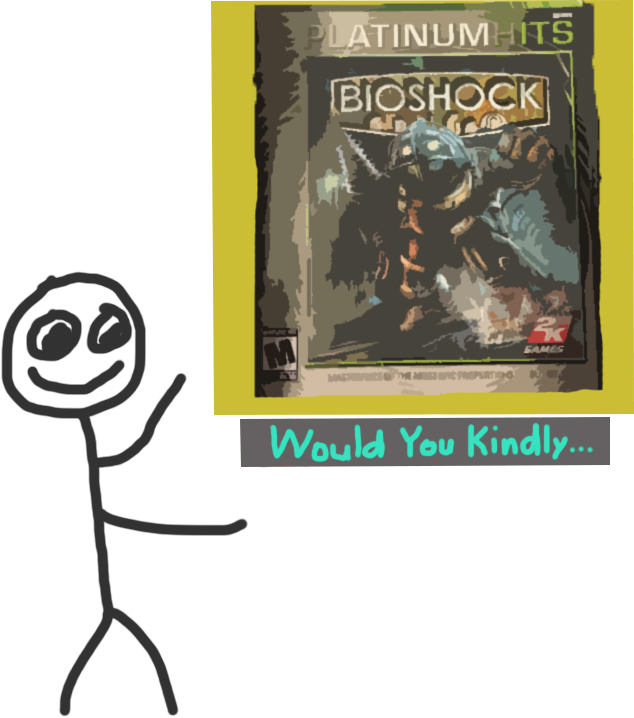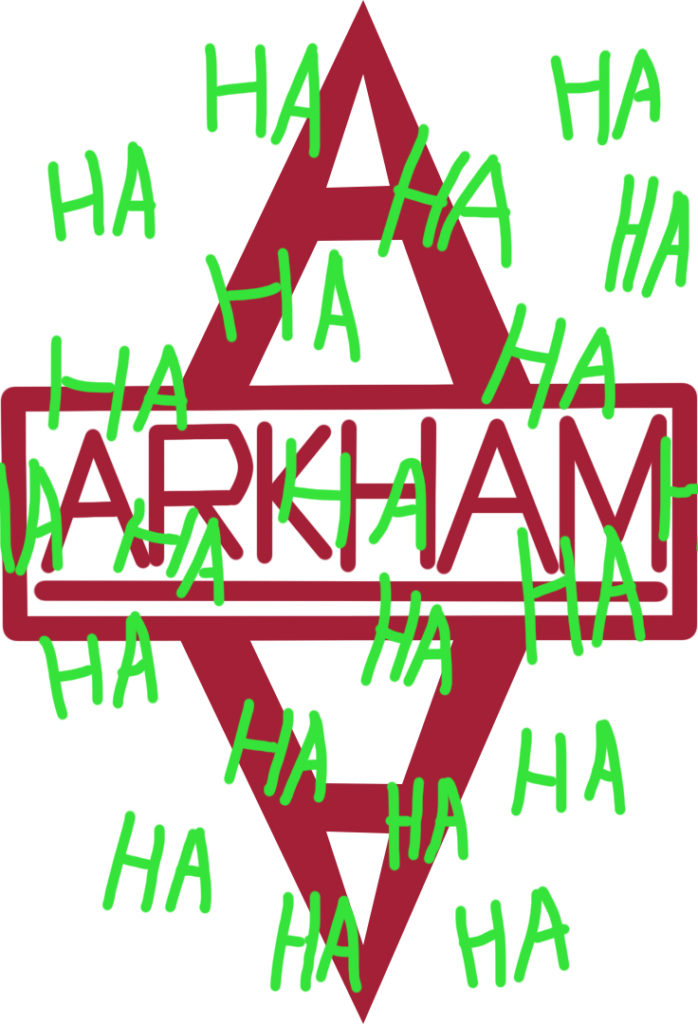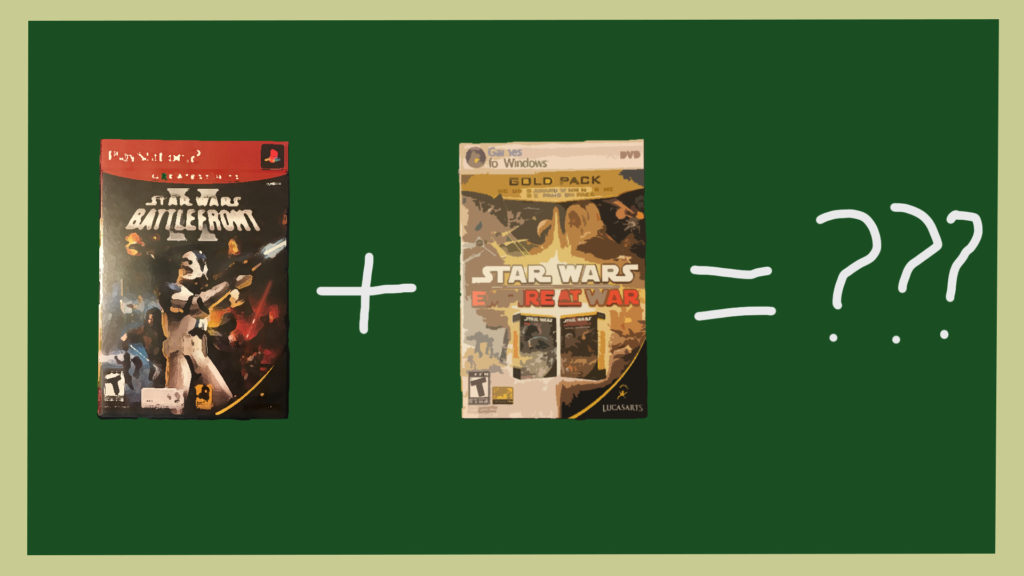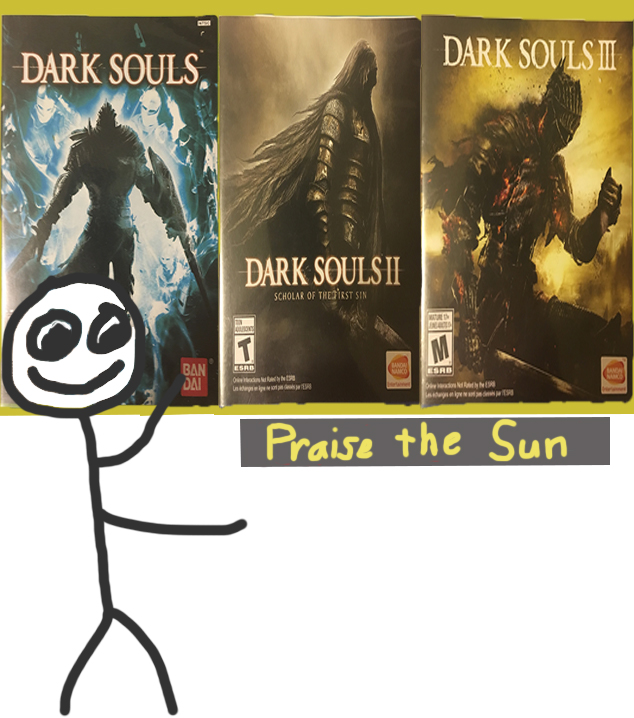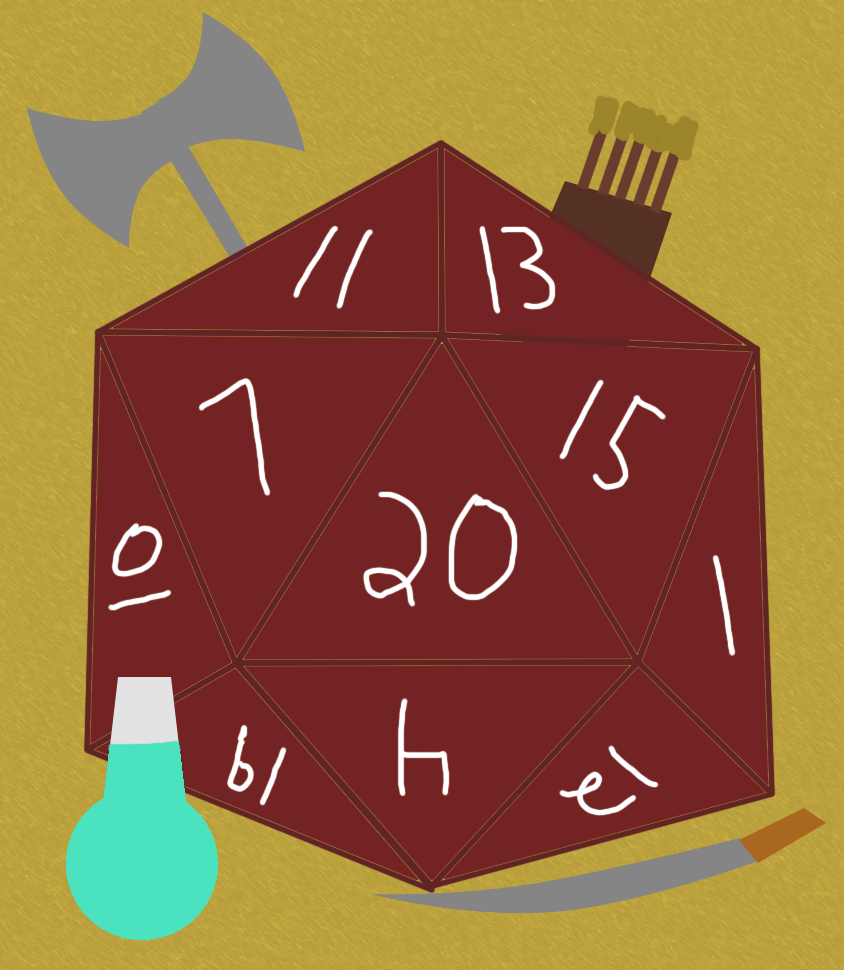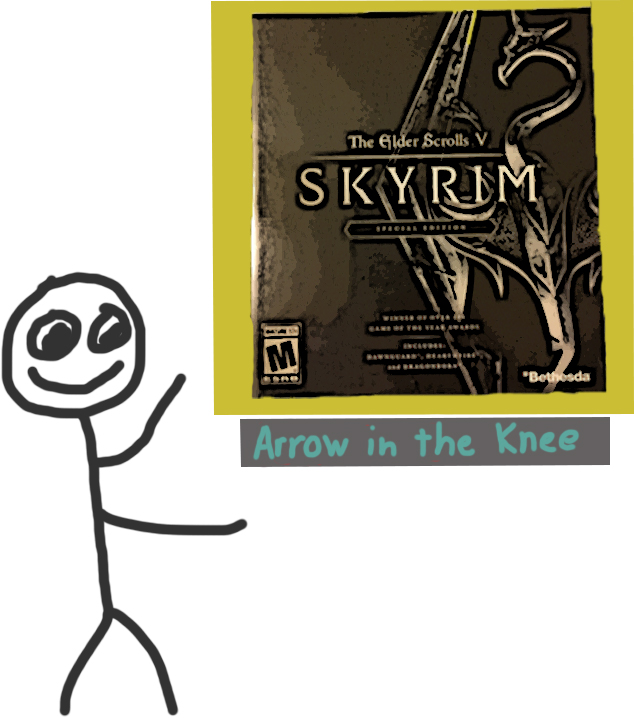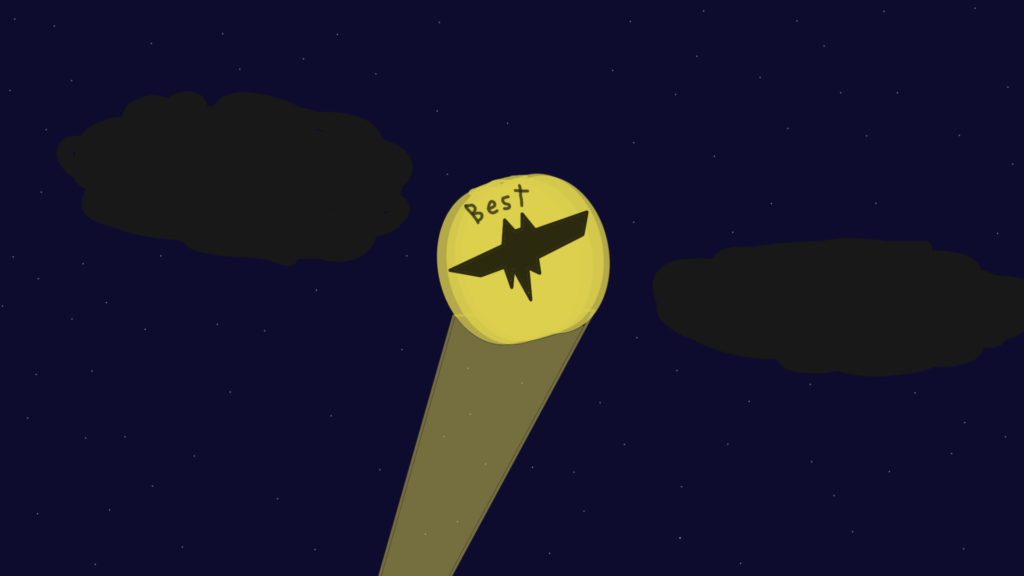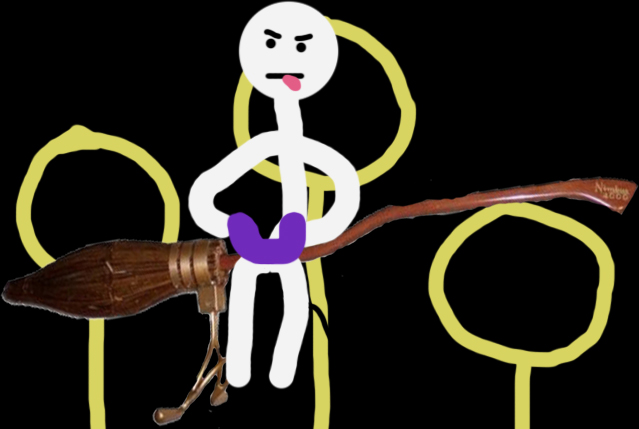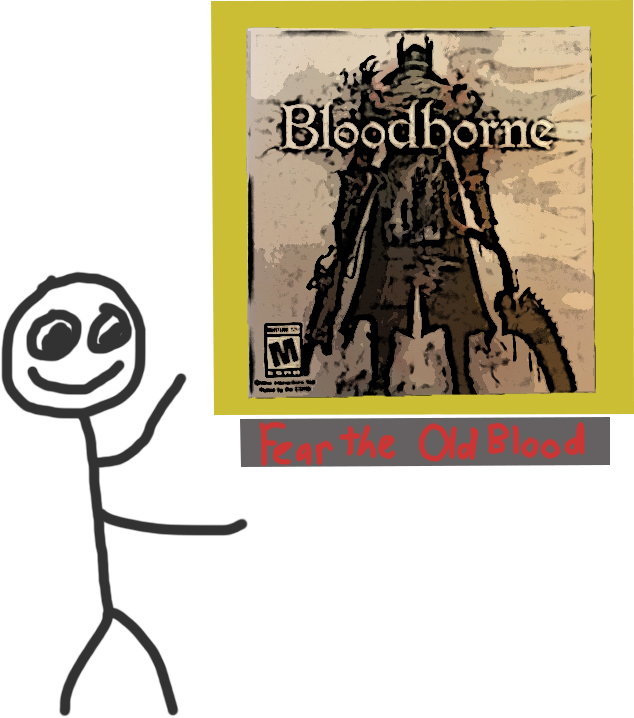A bludger will never hit a player that is being guarded by a beater, but the player’s maneuverability and speed drop dramatically. So, in theory, you could have a beater hang around your seeker to protect him or her from bludgers the whole match, but the seeker wouldn’t be able to cover nearly as much sky in search of the snitch and, once the snitch was spotted, would have more difficulty chasing it down than if they weren’t being guarded. You could also have your beater protect your keeper, but you run the risk of making the keeper less responsive to opponent shots. It’s all a balancing act. Oh, and as for players not controlled by the gamer when it comes to bludgers, their ability to dodge is left up to the AI and their individual stats. As for beaters that aren’t being commanded, they simply fly around the pitch and hit bludgers randomly at opponent players.
Stats would be a new, major implementation to the Quidditch gaming formula and it would take a lot of inspiration from Madden and 2K. Like in Madden, all players have the same skills, but are more proficient at some than others. Harry Potter, for example, would be better with speed, maneuverability, and awareness as a seeker. Oliver Wood would be skilled in reflexes and durability as a keeper. The Weasley twins, as beaters, would have proficiency in awareness and arm strength. The chasers would be focused on shooting and passing,
What might be the recommended stats for a certain position, however, may not correspond to how the gamer plays. Perhaps you have a very strong but not so fast seeker, which may work better than a speedy, light seeker in certain weather conditions. You could also have an incredibly fast, light keeper who ‘s prone to going down easily from bludgers because of their low durability. The point is that if you, as a gamer, want Oliver Wood as your seeker and Harry Potter a chaser, you have the option to do so. But always remember that each player’s statistics determines how he or she plays, no matter his or her position.
Another thing worth noting is how the keeper operates when controlled by a gamer. If your opponent is too close to your goal for comfort and you’d rather not leave it in the hands of the AI, you can switch to your keeper, as mentioned before, and try to stop the quaffle shot yourself. Doing so would be quite simple, requiring simply the touch of a button.
Once the shot is launched, you can hit either SQUARE, TRIANGLE, or CIRCLE and the keeper will go to the corresponding hoop to defend it, another similar reaction technique taken from the Batman: Arkham combat system. If your opponent launches a shot at the center hoop and you hit TRIANGLE as the keeper, you will stop the shot. This also goes CIRCLE for right and SQUARE for left. If the shot is launched and you don’t hit the right button, then you missed and the shot is good. If you’d prefer to not be the keeper, then you can let the AI base your keeper’s performance off of their stats.
One hold over from the 2003 game would be Team Special Moves. Like in the old game, they would be performed by pressing a single button, R3 in this case. However, one can only unlock the usage of their team’s special move during a match by doing well in other aspects of the game. On each side of the screen, there will be a meter teams can fill up in order to unlock their special move. When the meter is full, the team can use their move, but it isn’t as simple as in the old game.
Firstly, filling the meter can be done in a variety of ways. Scoring goals would work, but that would be the slow way of doing it. Successful bludger attacks, keeper saves, steals, and trick-passing streaks would be quicker ways to fill up the meter. Steals would be simple, just like in the old game. If the gamer controlled player is near the opponent who poses the quaffle, simply pressing X will initiate a tackle and you will take possession. Trick-passing streaks are also a carry over from the 2003 game and they can be performed through excellent timing. If you throw a pass with one chaser, hitting X and one of the D Pad direction buttons simultaneously as the quaffle reaches the intended target will immediately initiate a trick pass that will send the quaffle to another chaser. You can string a few of these together for a good chunk of meter and simultaneously confuse your opponent temporarily.
Secondly, Team Special Moves have the potential of being interrupted in this game. Why? Well, because in this game, successfully performed Team Special Moves have the potential to make seekers lose track of the snitch and, therefore, could be kept in a team’s back pocket if their opponent spots the snitch before them. To counter this, the player that is going against a Team Special Move has one chance of stopping it once it is initiated.
In Dragon Ball Z: Budokai 3, there was an element called rush attacks. If the player pulled them off, they were able to deal massive amounts of damage. The trick to pulling them off, however, was to play a game of chance. When a rush attack was initiated, both combatants would have a few seconds to pick from X, SQUARE, CIRCLE, or TRIANGLE. If different buttons were selected, the attacking fighter would proceed with the rush attack. If, however, both combatants picked the same button, the fighter being attacked would break out of the rush attack. This type of chance mechanic would be implemented during Team Special Moves. The difference to Budokai 3 would be that instead of the chance happening three times with varying odds each time, there would be only one chance and a 25% chance at that.
Team Special Moves aren’t the only special things chasers can do in this theoretical game. They could also perform Flying Formations. There can be up to four Flying Formations assigned to the D Pad, one for each direction. Hitting the corresponding button will have the chasers move into that formation and head down the pitch that way. Perhaps you want all three sweeping level across the field, or perhaps you want them flying in a vertical line. Maybe still, you want to place one chaser behind the opponent’s goal so that, after you score the first time, they can knock the quaffle back in front of the goal and you can score twice in one possession. Flying Formations add a playbook element to Quidditch, which in turn adds another layer of strategy.
The last thing I would like to address about gameplay is timeouts. Admittedly, I’m not sure how the timeout system works in Quidditch and I’m sure there’s an explanation somewhere. However, considering that they could be used to throw a seeker off the snitch’s trail, I would suggest the following: each team starts with one timeout. For every one hundred points a team scores, they are awarded another timeout. In this way, teams have access to more than one timeout but they can’t use them as get-out-of-jail-free cards whenever their opponent is close to catching the snitch.
I’m sure that there are more mechanics that could be thought up when it comes to the gameplay and I’d be happy to hear them. Please comment below! (even though we aren’t done yet…)

